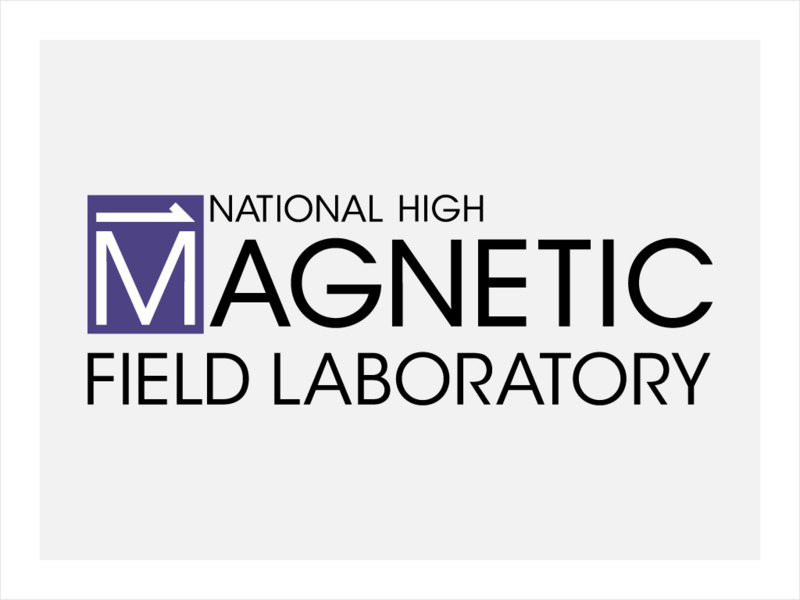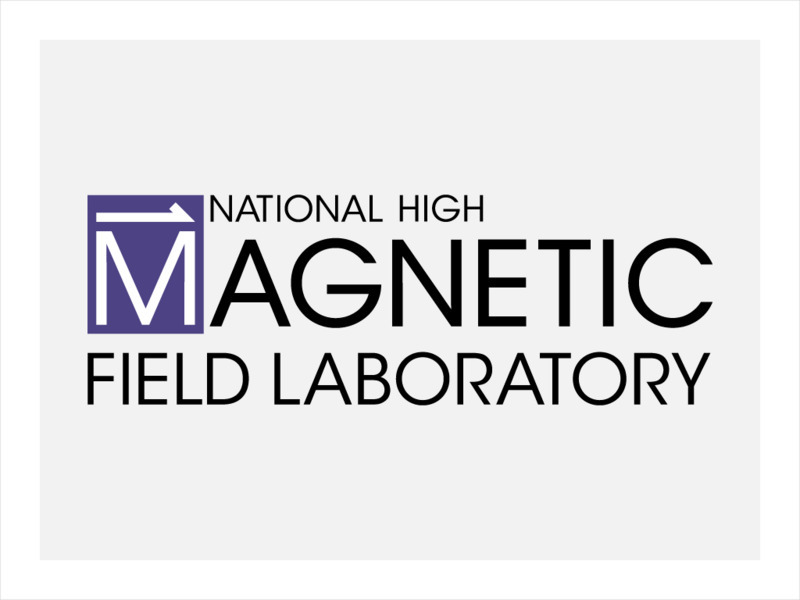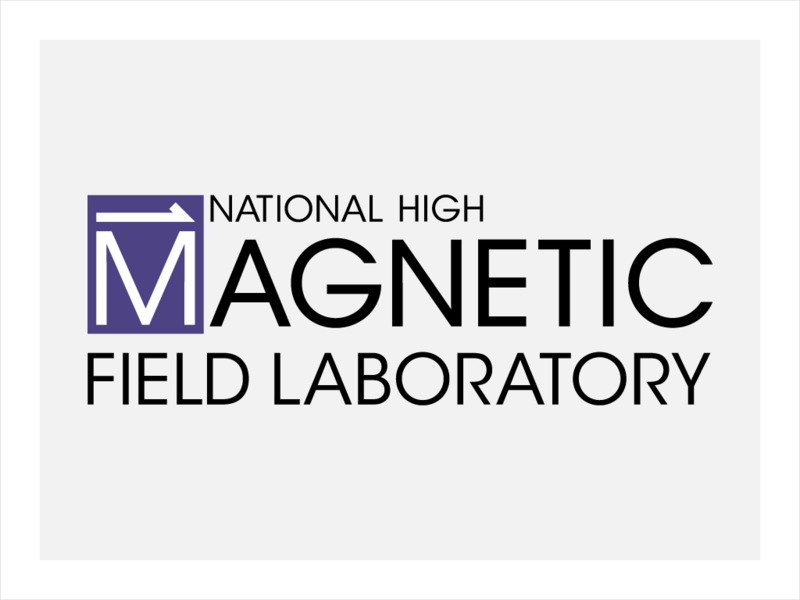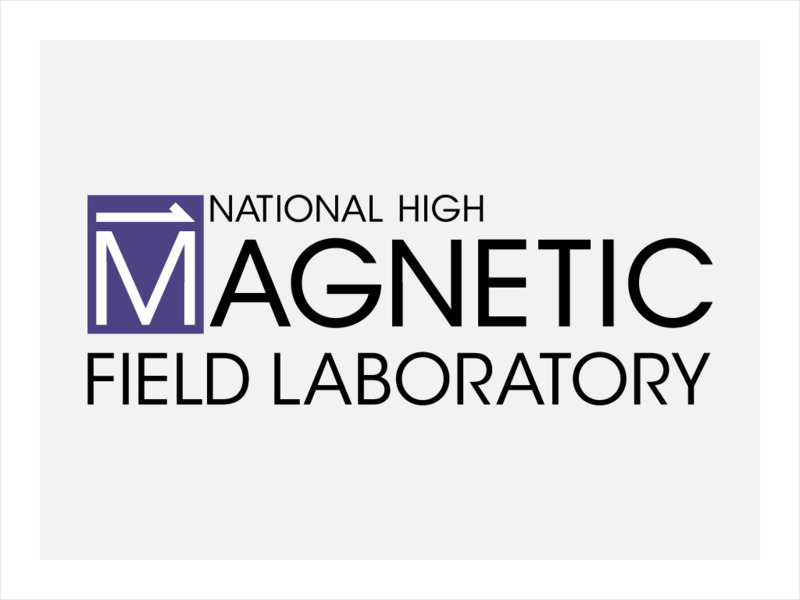Curated OER
Stonehenge: Solving Ancient Mysteries
Students explore archeologists and anthropologists and the tools and methods they use to gather and interpret scientific evidence. They research current archaeological excavations and contact the scientists working at these digs.
Curated OER
Discovering Ohm's Law
Students explore the relationship of resistance, voltage, and current in series and parallel circuits using a computer model of a circuit board. They discover Ohm's Law by constructing series circuits.
Curated OER
Isaac Newton's 3 Laws of Motion
In this laws of motion worksheet, students review Newton's 3 laws of motion and compare force and net force. 11 matching, 18 fill in the blank, 6 word problems.
Curated OER
Measuring Star Temperatures
In this measuring star temperatures, students find the temperature of a star using Planck's curve and the Wein Displacement law. Students also find the peak wavelengths for given stars using Planck's curve.
Curated OER
Navigational Aids Used by Great Lakes Ships
Learners examine a fresnel lens and compare it to simple concave and convex lenses. They measure its focal length and then discuss why this type of lens is useful in a lighthouse system. That is about all there is to this instructional...
Curated OER
Pressure
In this physics worksheet, students use the clues at the bottom of the sheet to complete the crossword related to pressure. There are 15 clues to solve in the puzzle.
Curated OER
Beyond Science?: New Energy Age
Young scholars explore, examine, experiment and study the energy believed to exist in the vacuum of space called zero-point energy. They design and build a machine and then place their machines to test zero-pointed energy into a...
Curated OER
Gravity In The Universe
High schoolers assess and explore gravity in the Universe via several short video lessons. They analyze why this science matters and the history of Sir Isaac Newton's law of gravity. A variety of questions are asked within this...
Curated OER
Alfred Einstein
In this famous person worksheet, students read a passage about Albert Einstein and then complete a variety of in-class and homework activities to support comprehension, including partner interviews, spelling, cloze, synonym...
Curated OER
The Improvement of the Electric Light Bulb
Learners study how the first electric light was made and the history behind it. In this electricity lesson students create their own light bulb.
Curated OER
Go Ahead, Take a Guess! Estimating in the Real World
Learning how to use estimating to solve real life problems can be a great way for students to apply math skills.
Curated OER
Turbidy and Water
Learners use observation skills in assessing the water quality of water samples in this activity and learn that the tastes and preferences of others can be different.
Curated OER
Storytellers: Dave Matthews Band, Lesson 1
Studentsview a video of the Dave Matthews Band and identify the various instruments used by them. They identify a variety of techniques used to produce musical sound on these instruments. finally, they discuss the function of each part...
Curated OER
Physics: Angular Solution of Hydrogen Atom
Students discover the angular solution of hydrogen activity. Depending on the undergraduate course, this activity can illustrate eigenvalue problems, to introduce Shrodinger's equation and particle wave duality, or to introduce...
Curated OER
Where in the World is Cynthia San Francisco? A weather-related challenge
Students investigate concepts of weather using a guided, essential question. They collect data from satellite weather images and create models to track the progress of weather changes.
Career Cornerstone Center
Sloan Career Cornerstone Center: Career as a Physicist
A career in Physics is profiled. Included: Physics overview, Preparation, Day In The Life, Earnings, Employment, Career Path Forecast, Professional Organizations.
National High Magnetic Field Laboratory
Magnet Academy: Roland Eotvos
Vasarosnamenyi Baro Eotvos Lorand, better known as Roland Eotvos or Lorand Eotvos throughout much of the world, was a Hungarian physicist who is most recognized for his extensive experimental work involving gravity, but who also made...
National High Magnetic Field Laboratory
Magnet Academy: Richard Feynman
Theoretical physicist Richard Phillips Feynman greatly simplified the way in which the interactions of particles could be described through his introduction of the diagrams that now bear his name (Feynman diagrams) and was a co-recipient...
National High Magnetic Field Laboratory
Magnet Academy: Robert Millikan
Robert Andrews Millikan was a prominent American physicist who made lasting contributions to both pure science and science education. He is particularly well known for his highly accurate determination of the charge of an electron via...
National High Magnetic Field Laboratory
Magnet Academy: Paul Dirac
Paul Adrien Maurice Dirac was an outstanding twentieth century theoretical physicist whose work was fundamental to the development of quantum mechanics and quantum electrodynamics. He was awarded the Nobel Prize for Physics jointly with...
National High Magnetic Field Laboratory
Magnet Academy: Lev Davidovich Landau
While growing up in the Soviet Union, Lev Landau was so far ahead of his classmates that he was ready to begin college at age 13. His parents noticed a particular gift for math in their young son, who was considered a prodigy. It came as...
National High Magnetic Field Laboratory
Magnet Academy: Heinrich Hertz
The discovery of radio waves, which was widely seen as confirmation of James Clerk Maxwell's electromagnetic theory and paved the way for numerous advances in communication technology, was made by German physicist Heinrich Hertz. In the...
National High Magnetic Field Laboratory
Magnet Academy: Murray Gell Mann
Murray Gell-Mann is a theoretical physicist who won the Nobel Prize for Physics in 1969 for his contributions to elementary particle physics. He is particularly well known for his role in bringing organization into the world of subatomic...
National High Magnetic Field Laboratory
Magnet Academy: Heinrich Friedrich Emil Lenz
At the turn of the 19th century, scientists were beginning to gain a rudimentary understanding of electricity and magnetism, but they knew almost nothing about the relationship between the two. Baltic German physicist Heinrich Lenz took...

























